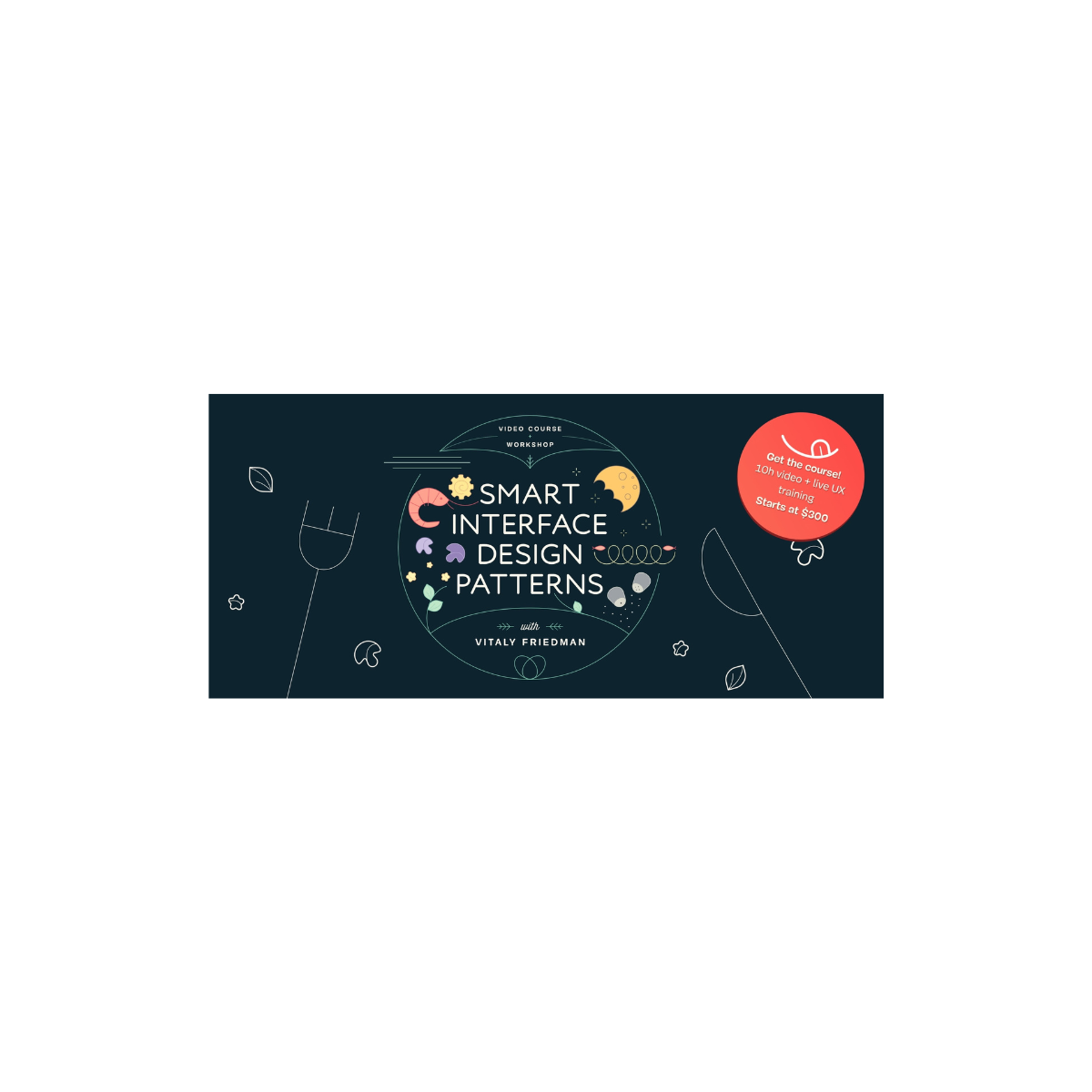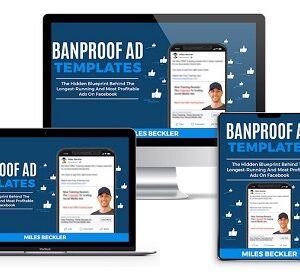Learning Vitaly Friedman’s Smart Interface Design Patterns
Digital design is a dynamic field always changing with new technology and consumer expectations. If you work in interface design, then you really must grasp the nuances of design patterns. Then enter Vitaly Friedman, a name connected with design creativity. Smart interface design patterns are something he supports as they provide the foundation for producing efficient and user-friendly digital goods. This thorough guide on smart interface design patterns is for you, whether your level of design expertise is new and you want to hone your abilities or experienced professional trying to keep on top of things!
Design patterns are:
In digital interfaces, design patterns are standardised answers to shared concerns. They provide a road map for designers navigating difficulties with their works. Though not the most elegant, they are rather helpful when attempting to put together a coherent whole—think of them as the kind of furniture assembly instructions. Modern designers find utilitarian design patterns very essential because, according to the Nielsen Norman Group, they increase usability by up to 50%.
Value of Interface Design Styles
A decent interface can make all the difference between user engagement and user abandonment, as everyone who has stumbled upon badly designed software can attest to. These are some main reasons why it is so important to concentrate on intelligent interface design patterns, as advised by Vitaly Friedman:
Design patterns let creators save time. Using known patterns helps users not to reinvent the wheel every time they begin a new project.
Using similar design solutions gives consumers familiarity, thereby boosting their confidence and comfort while they are traversing interfaces.
Smart design patterns include user behaviour, thereby making sure that designs meet demands rather than the tastes of the creator alone.
Essential Friedman: The Maestro of Smart Interface Design Patterns
Saying “interface design,” you cannot overlook the impact of Vitaly Friedman. He is a master in user experience and user interface design, having co-founded Smashing Magazine. His creations may greatly affect the way pictures convey sensory data.
Drawing lessons from Friedman’s Principles
Friedman supports three main guiding ideas in interface design:
An interface should be created such that people may interact with it immediately, knowing what is occurring and how.
Efficiency: Users should follow the direct and shortest routes to reach their objectives.
Users should be at ease traversing your design understanding, from interactions to what will happen next.
Following these ideas could increase customer satisfaction by as much as sixty percent.
Examples of Smart Interface Design Patterns
Having a basis now, let us now explore Friedman’s recommended real smart interface design principles. Knowing them will improve your design toolkit as well as increase user experience generally.
1. Sort Cards
Popular in online and app design, card sorting organises data so that the navigation is easy. Testing user categorization of information helps designers construct layouts that seem natural to them. Studies reveal that companies using structured navigation have a forty percent higher user retention.
2. infinite scrolling
Web surfers like scrolling. Including an endless scroll function keeps people interested and lessens the decision fatigue resulting from options at the bottom of a page. Google research claims that sites using infinite scrolling may boost content interaction by 60%.
3. Progressive Excommunication
This design approach provides essential information progressively and promotes a neat interface. It splits the material into manageable portions rather than bombards them with too much data at once. Using progressive disclosure, according to Human-Computer Interaction Institute research, about 45% of tasks are completed more successfully.
4. Systems of Feedback
Giving users comments—be they via messages, symbols, or alerts—can greatly improve the interactive experience. A little three-second delay in response might discourage a user from continuing on a task. Thus, using timely feedback is not only excellent habit but also really vital.
Turning Towards 2024: The Evolution of Smart Interface Design
Designers should be mindful of developing smart interface design trends as we draw to shut the curtains on 2023 and enter 2024. New design ideas from augmented reality to voice user interfaces are redefining the game once again. Using smart interface design techniques will not only be required but also help to remain relevant.
Emerging Trends to Watch: ComScore projects that by 2024, half of all searches will be voice-based. Interface design patterns must therefore change to efficiently allow voice interactions.
Companies like Apple and Google significantly investing in augmented reality technology may help to improve user immersion and engagement by including AR features into design patterns.
Personalising: Users want material catered to their demand more and more. Using dynamic interface design that adapts depending on user activity becomes very critical. According to the Adobe Digital Insights research, personalising may boost ROI by 200 percent.
Finally, your next actions towards professional design
It is obvious when we follow this interesting road of clever interface design principles suggested by Vitaly Friedman that excellent design transcends appearances. Its foundation is psychological, usability, and human behaviour ideas from years ago. Recall that mastery of these patterns enables the creation of interfaces that not only draw in but also effectively hold people.
Getting motivated? Explore further your path of design. Check out [Vitaly Friedman—Smart Interface Design Patterns] whether you want to improve your present work or start something entirely different. Improve your awareness of interface design trends and keep ahead of the always-changing digital terrain.
There are many opportunities on the continuous path to perfect smart interface design patterns. Never stop learning; keep discovering; keep creating. Design has so much more to offer, and you will keep developing as a designer by adopting any fresh pattern or idea you come across. Recall that yesterday was the ideal moment to start using smart patterns in your design; right now is the second greatest time!





